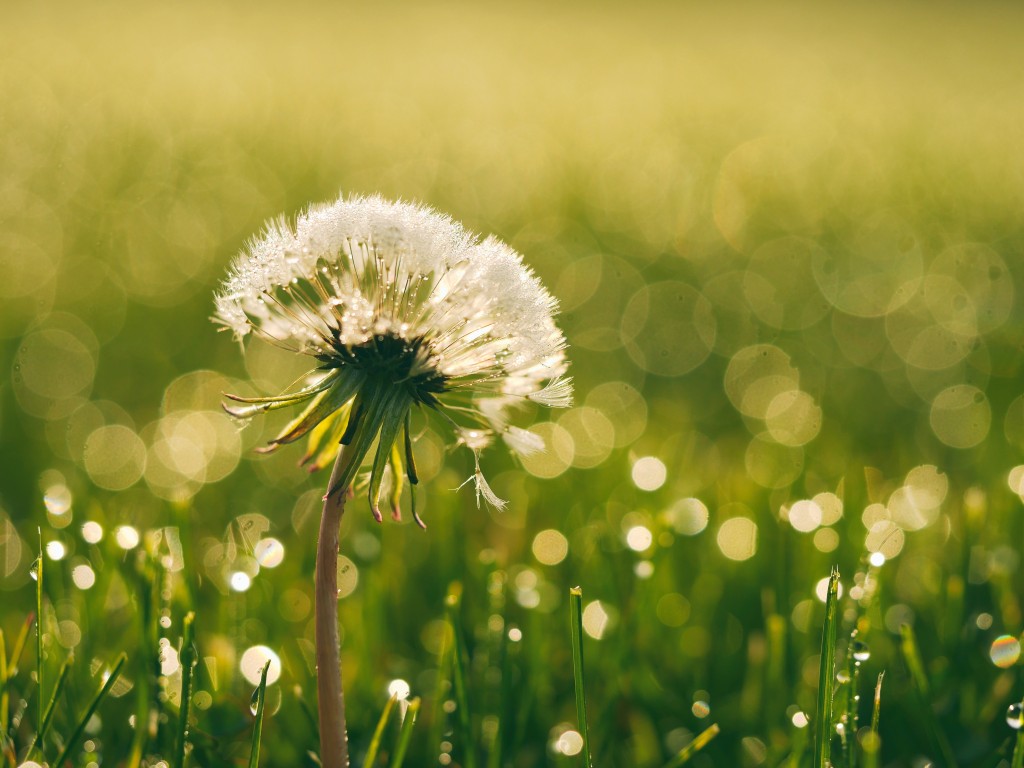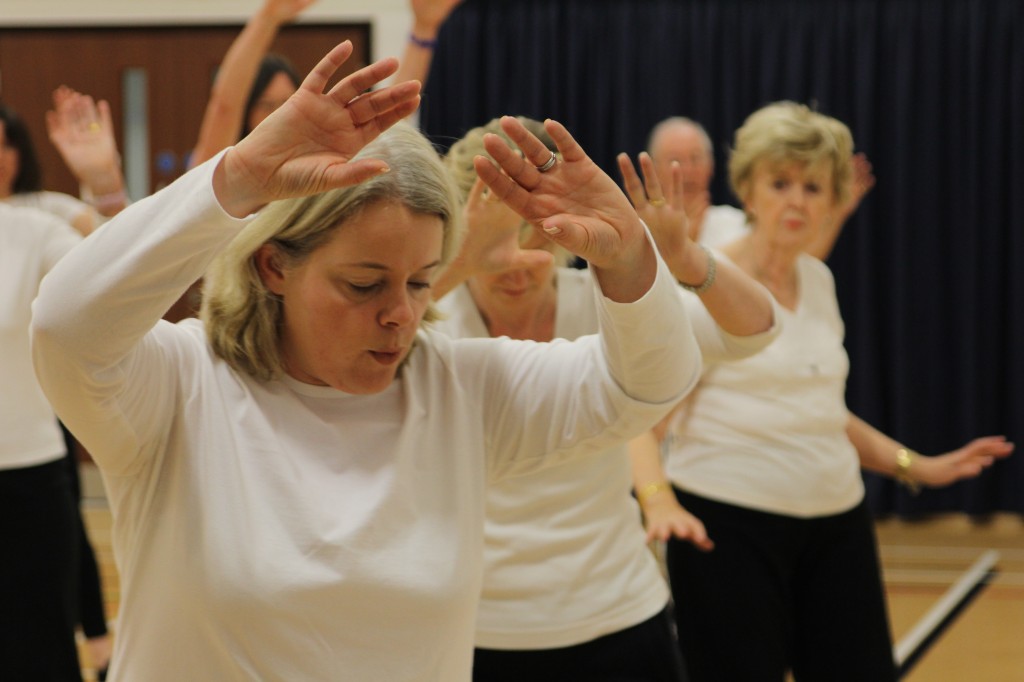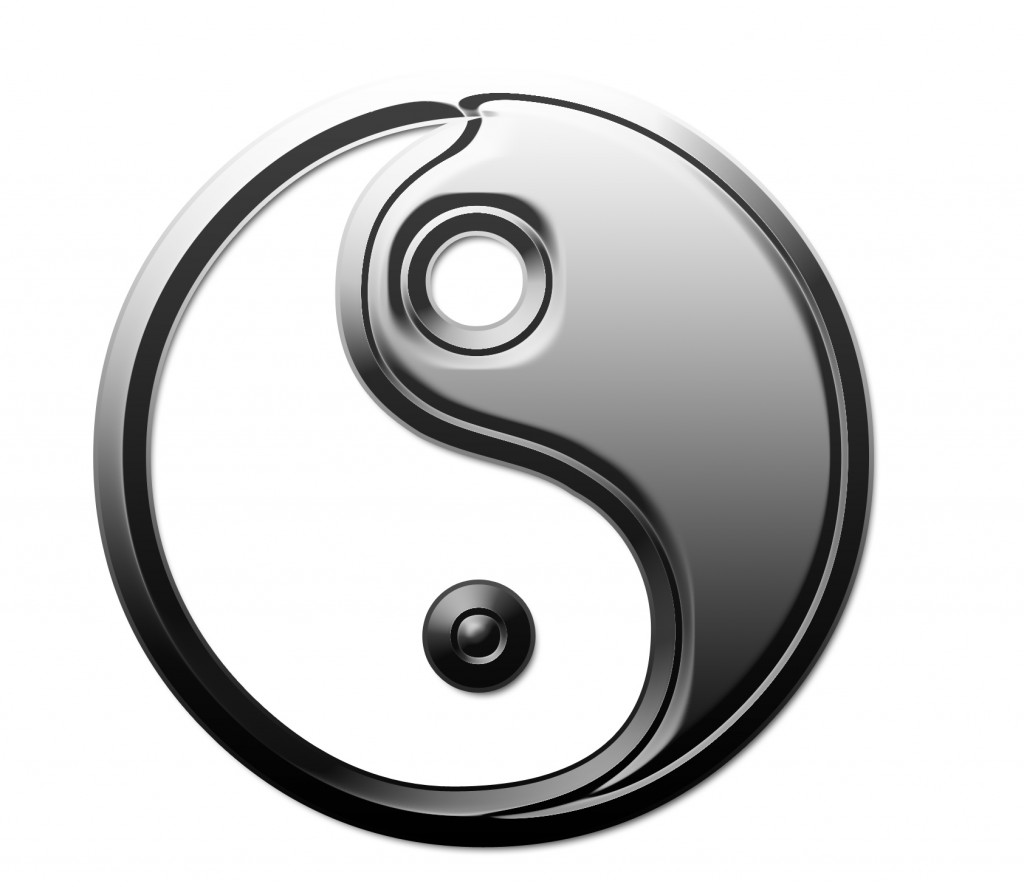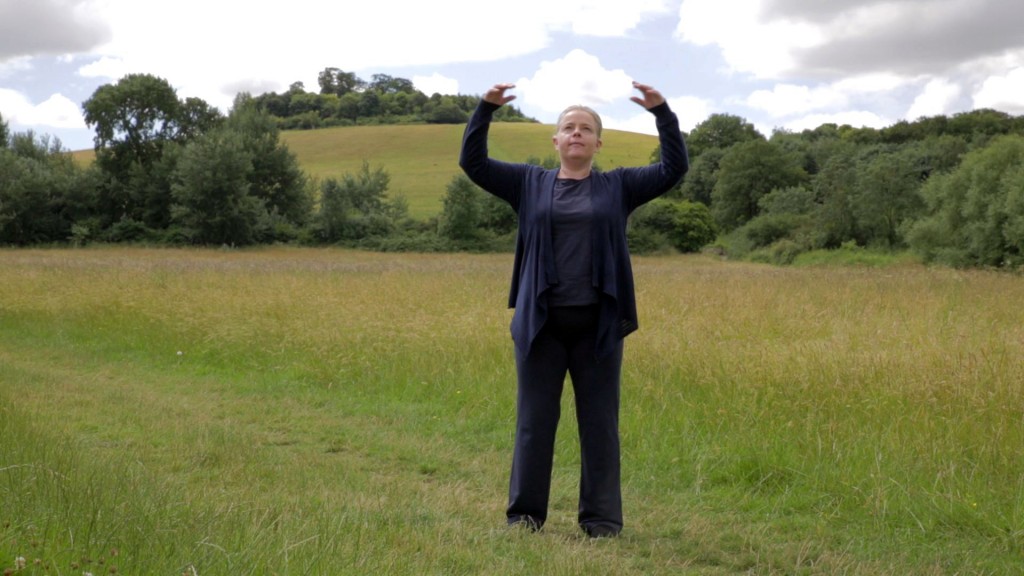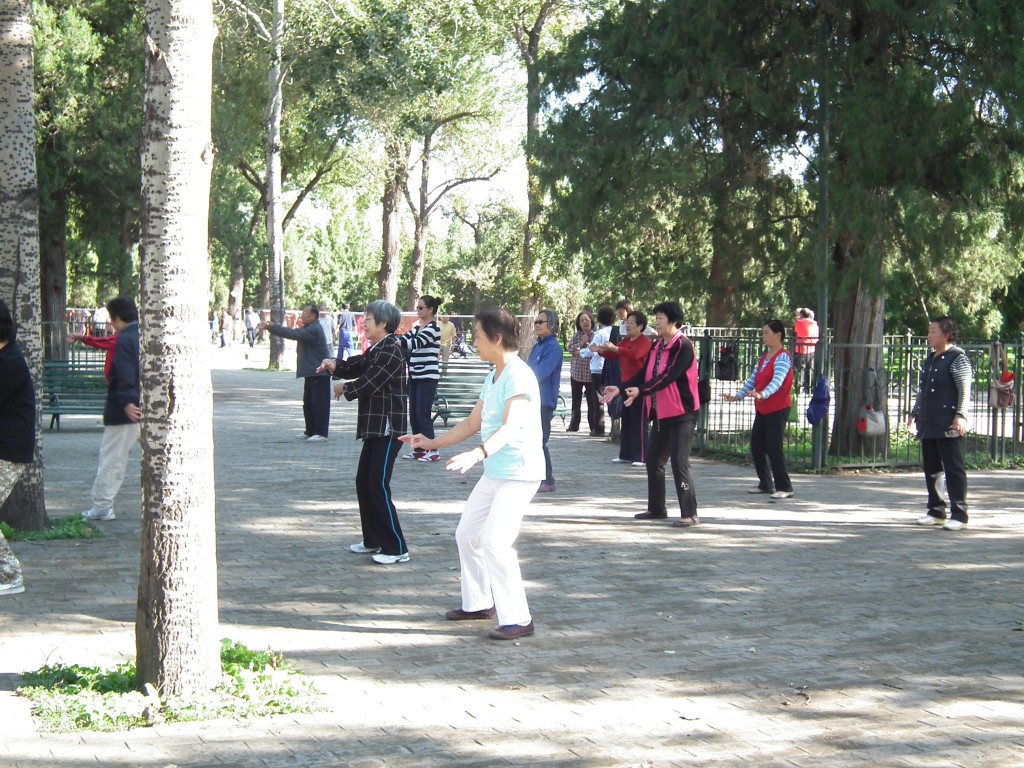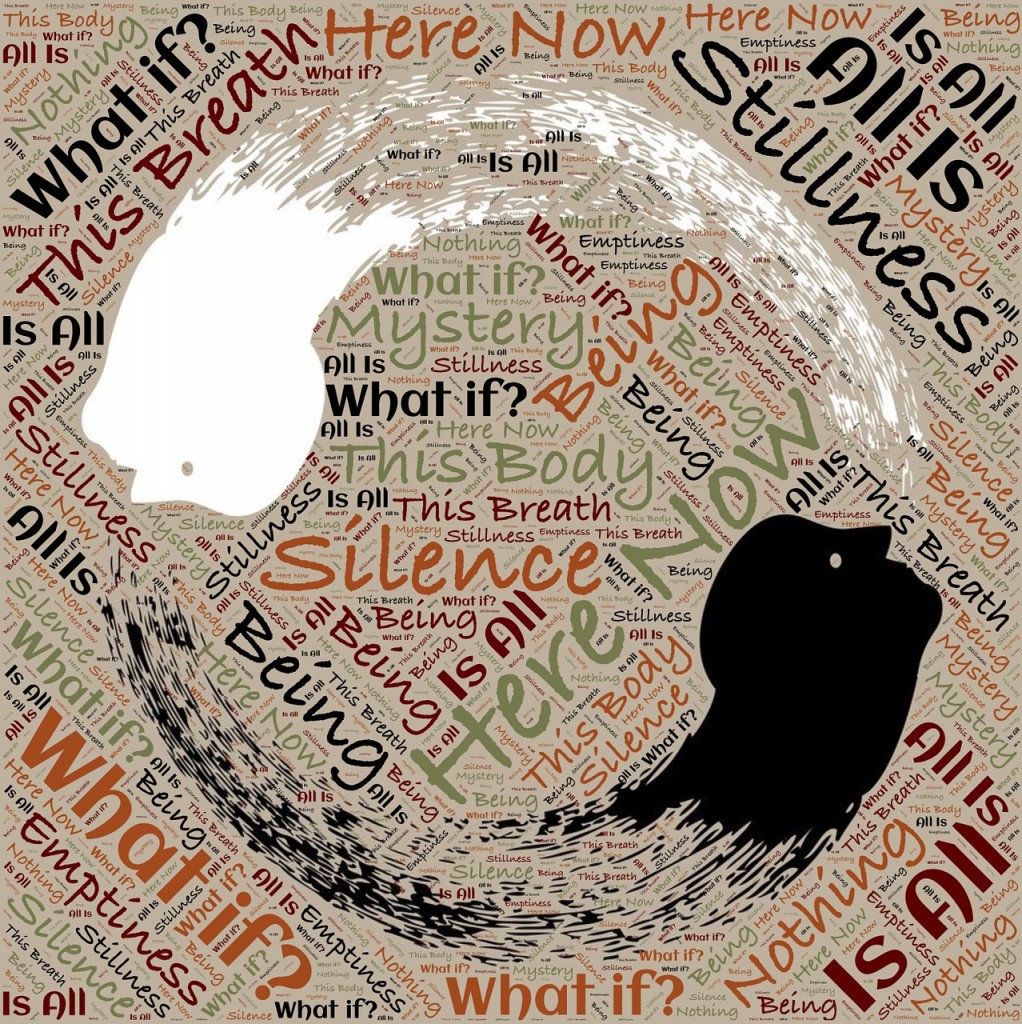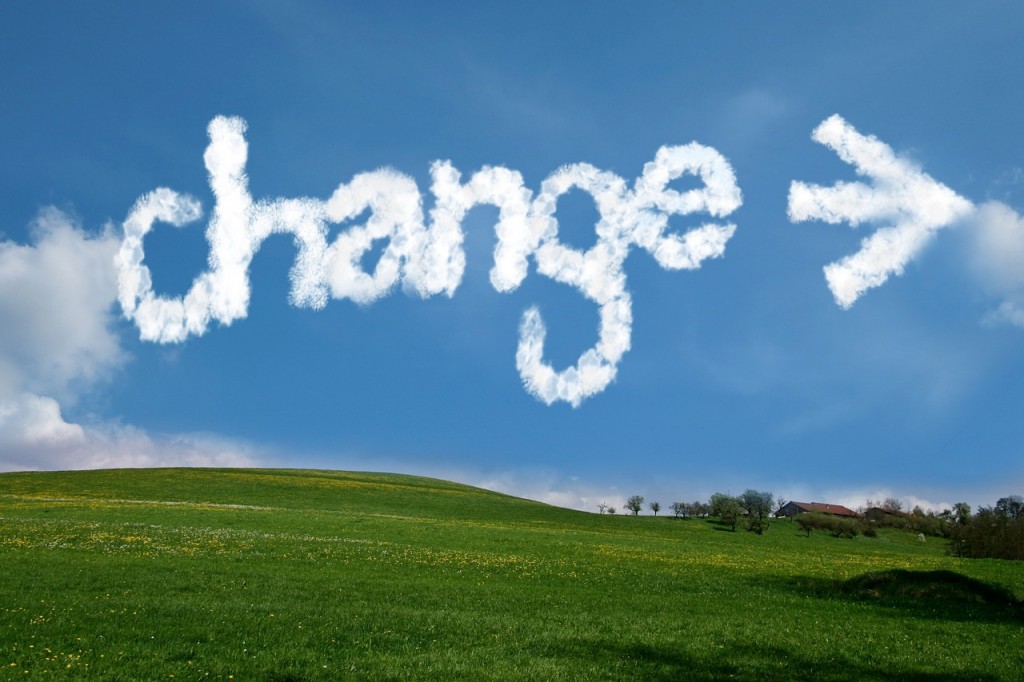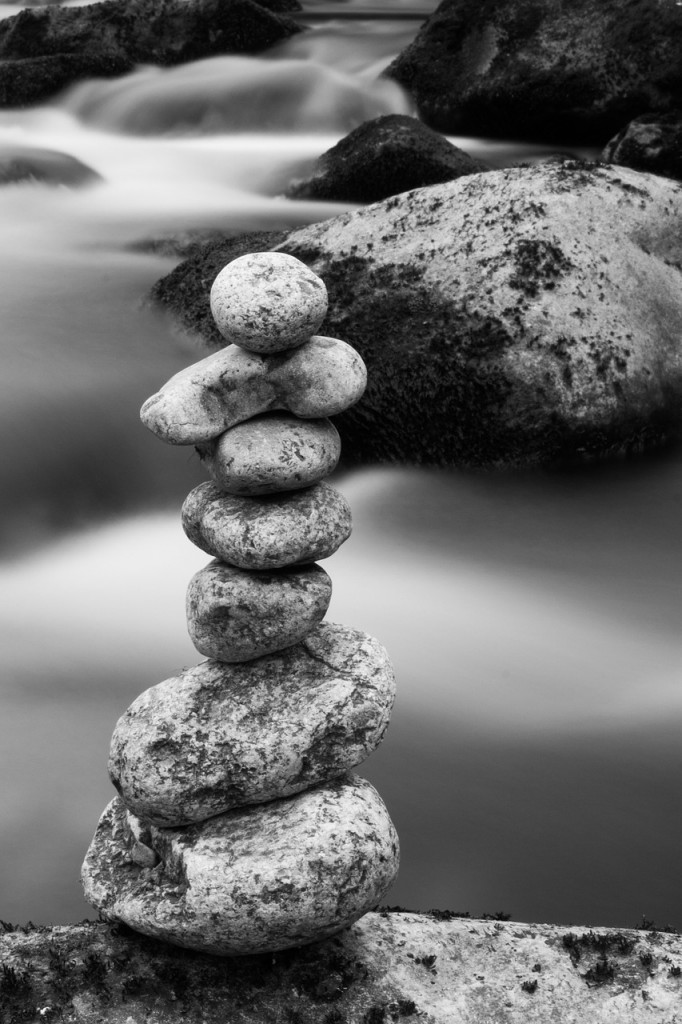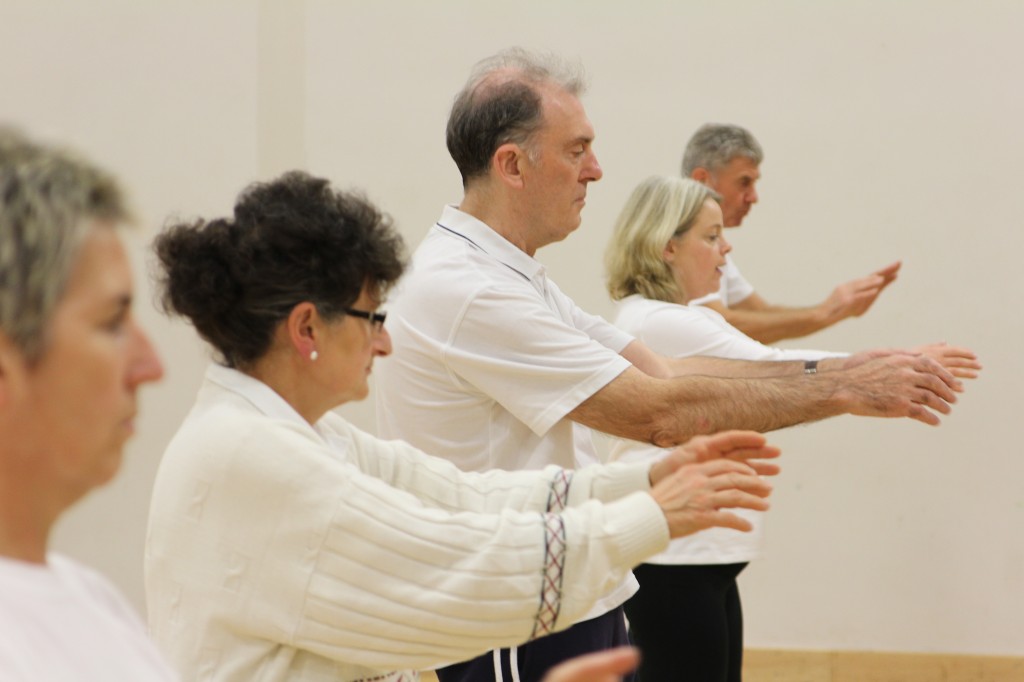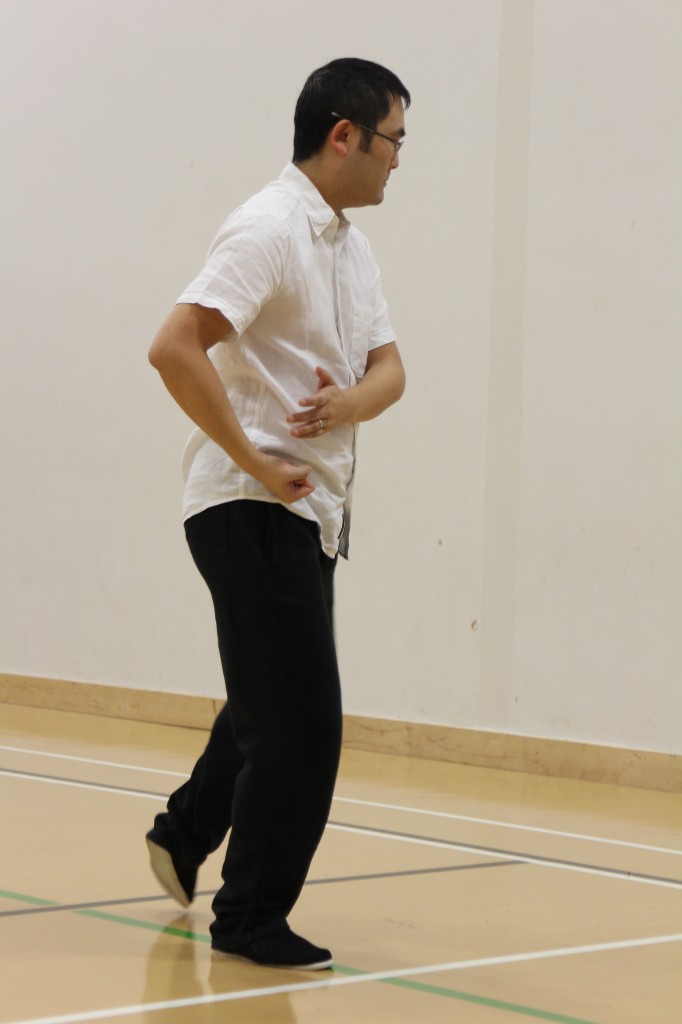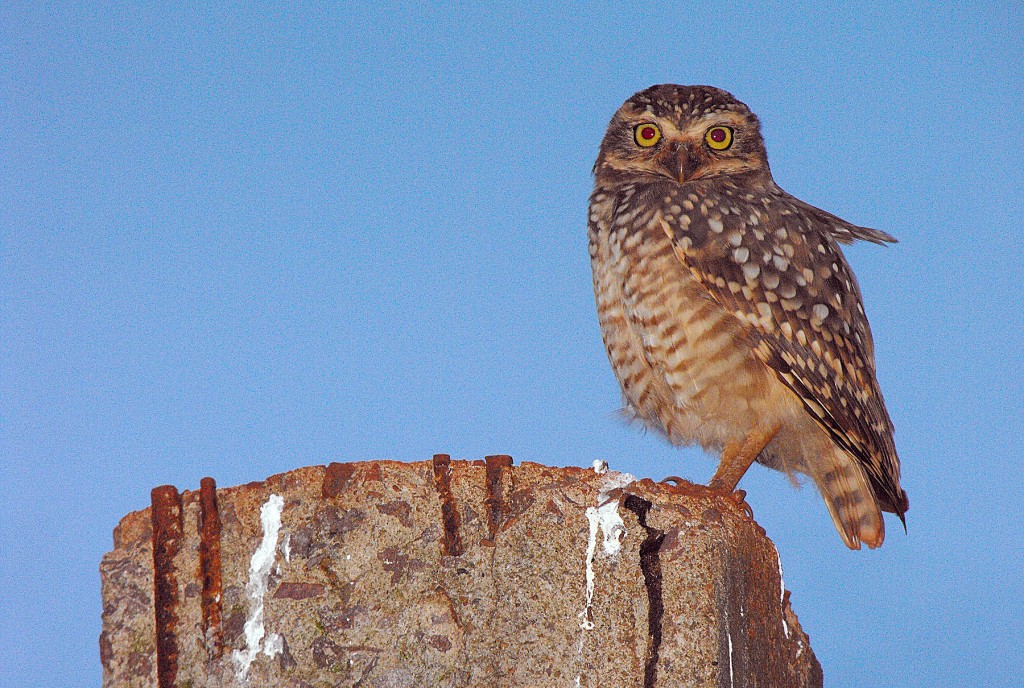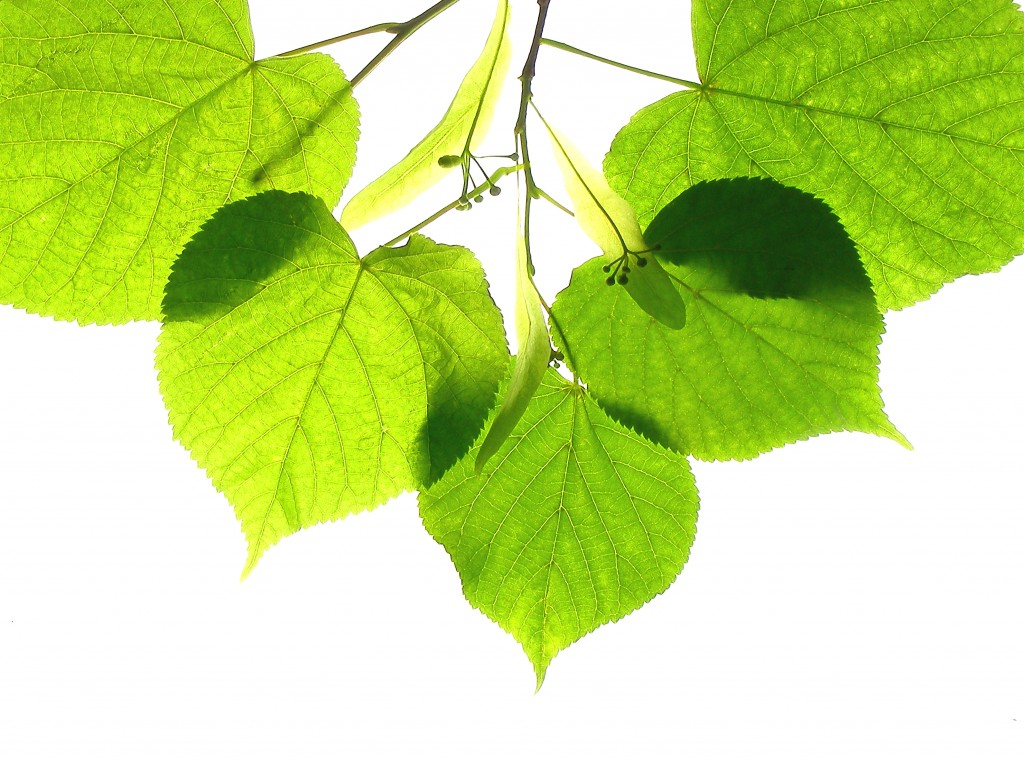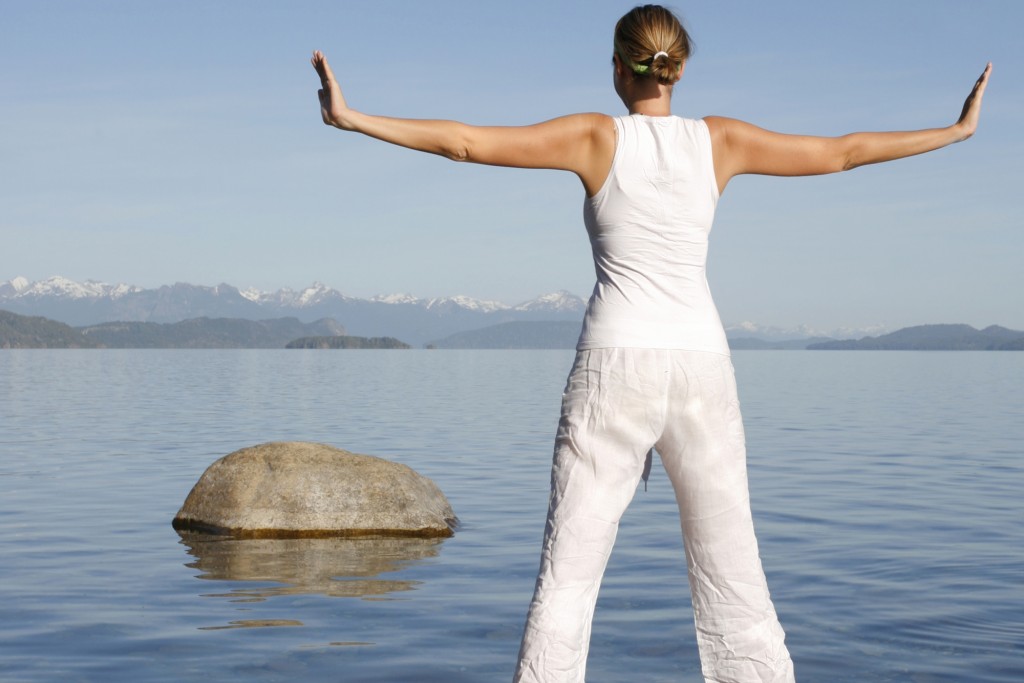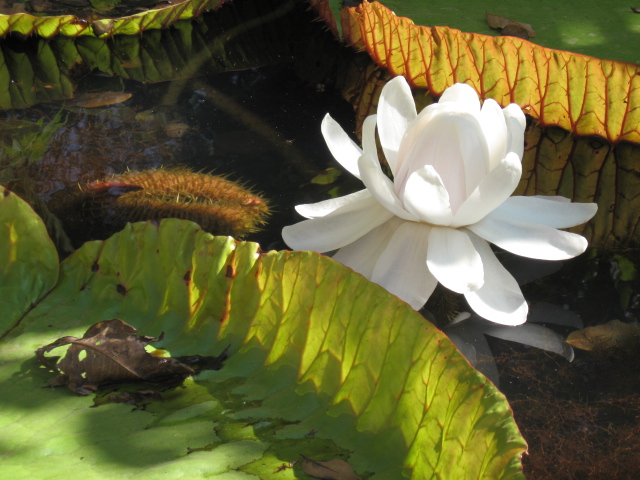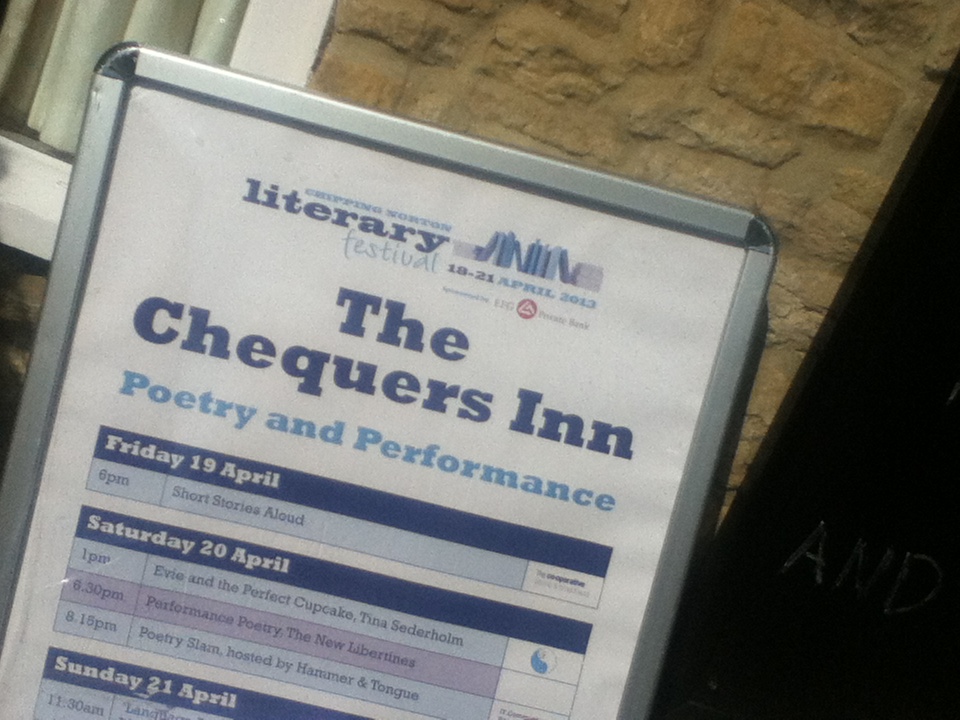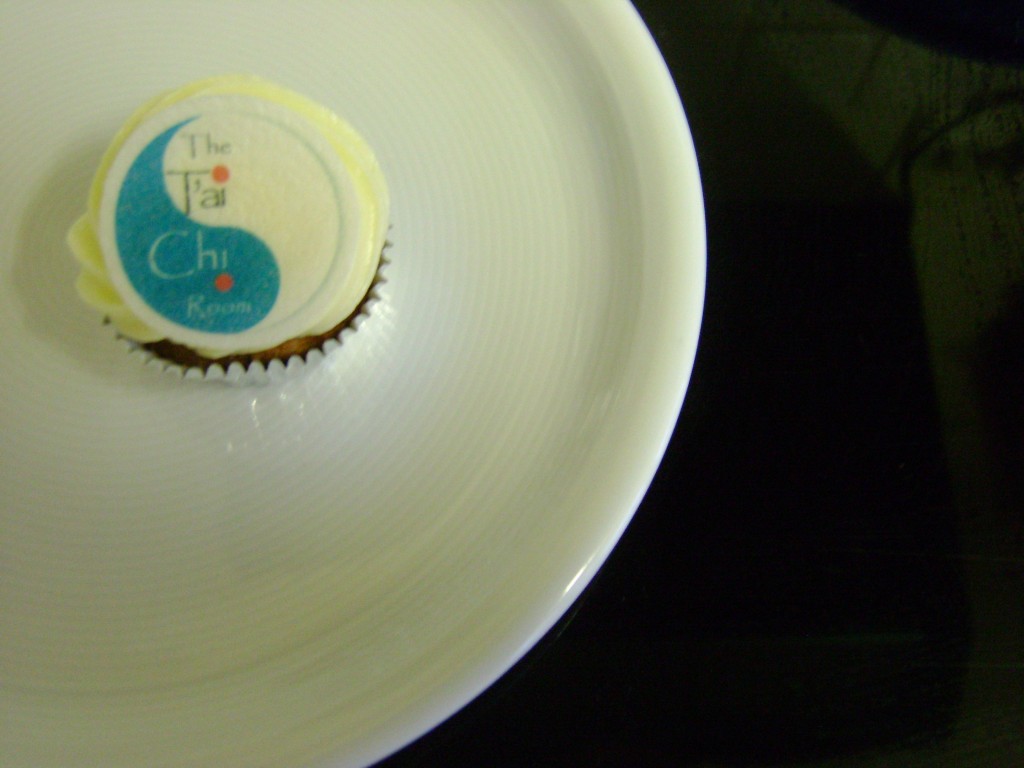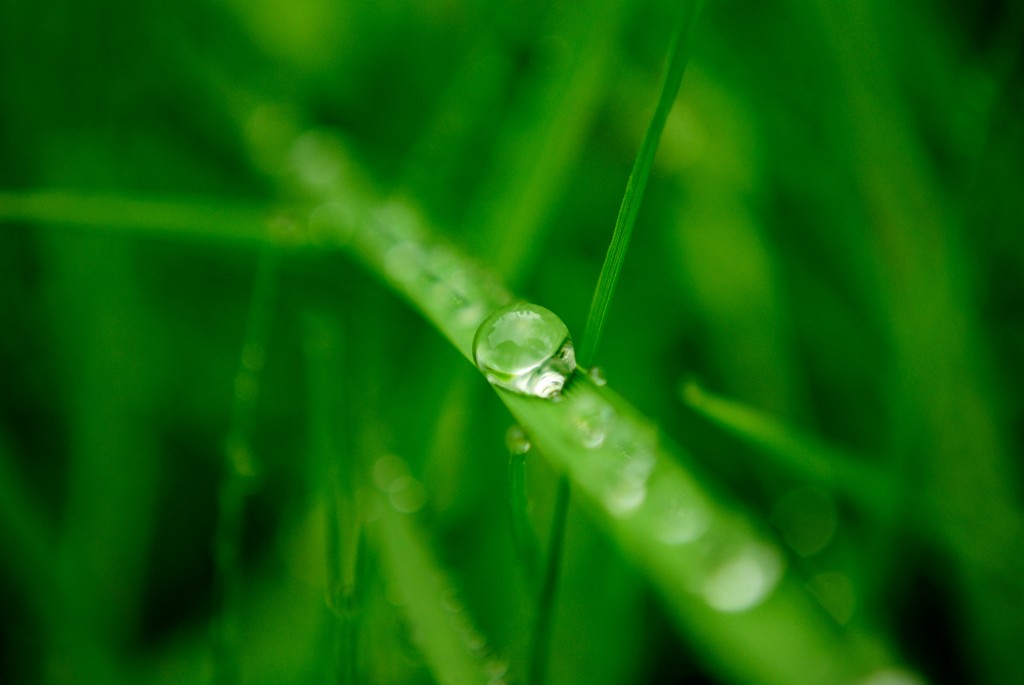T’ai Chi practice: the beginner’s perspective
I was asked the following two questions by a student who had reached the end of Part I of the T’ai Chi Chu’uan Yang Long Form -
“…so we’re at the end of Part I – but what’s the aim? Where are we going with this?”
What brilliant questions! They give such scope that they can be answered on a number of different levels.
My first, very pragmatic response was that after Part I comes the sequence of movements in Parts II & III. And when performed as a whole, the sequence takes around 18 minutes. This answer may in fact have satisfied my student; however I was excited about the prospect of exploring other important concepts, which give T’ai Chi practice a richer, deeper meaning than ‘just’ performing a sequence of movements.

Courtesy: Bryan Minear
Giving up the ‘destination’
So taking the T’ai Chi Chu’uan beyond just the moves, and without wanting to speak too mystically, I explained that we can only really ‘master’ all the lessons of T’ai Chi when we fully comprehend that there is always more to learn! That we never in fact reach the destination!
And once we appreciate this, we no longer need to think about the linear destination at all. What changes us in our practice in order to reach this particular moment of clarity, is the ability to fully let go. Then it doesn’t matter about the destination; it’s all about the journey and the experience of the journey.
This is often a particular challenge in the early days for beginners – to let go of the drive to learn only the linear sequence of movements, without embracing everything else which goes with T’ai Chi practice.
Do we give up our ‘aims’ with the destination?
So I now ask – Is ‘aimless’ practice – a good or a bad thing? And can conclude that if by ‘aimless’ we are simply relinquishing our fastidiousness for ‘perfect’ practice, then such aimless practice is good for us. It is where the relaxing/meditative elements of T’ai Chi come into play. However, we should also reflect on the wider ‘goals’ of T’ai Chi – relaxation, flow, letting go, mindfulness, not meeting force with force, going with the flow, appreciating opposites, repelling the ‘Monkey thoughts,’ meditation, energy flow, reaching a calm sense of connectedness & wellbeing. These could be called our ‘aims.’ In this way, as T’ai Chi practitioners we are not practising ‘without aims’ – we are just careful not to restrict our viewpoint, and to ensure that we couch our aims in very open, fluid terms.
Points for practice
In order to reach this ‘clarity’ and to relinquish the single-minded drive to learn just the sequence of movements, students can practise the following:
- gentle preparation in the mind both before travelling, and again on your arrival at class – use these two prompts to prepare (e.g. calm your breathing)
- start to practise leaving any of the day’s stresses/worries at the door as you arrive
- listen to your body – during the warm-up moves, check that you are not holding any tension in your arms, shoulders, chest & neck
- during the warm up, ‘check in’ with yourself by developing an awareness of how relaxed/rushed you may be feeling – and turn down the dial
- build a strong connection between the soles of your feet and the ground; energy comes up through the bubbling well
- generate a healthy flow of chi (energy) throughout the whole body – through building an awareness of posture, weight and sensing any blockages/ tension
- develop a sense of calm through movement, and through stillness of mind – releasing those Monkey Thoughts
- bring your mind into the moment – mindfulness practice
- bring your body & breath into harmony with each other
- relax into the movements – we’re not rushing; just practising the moves in a mindful, slow flow
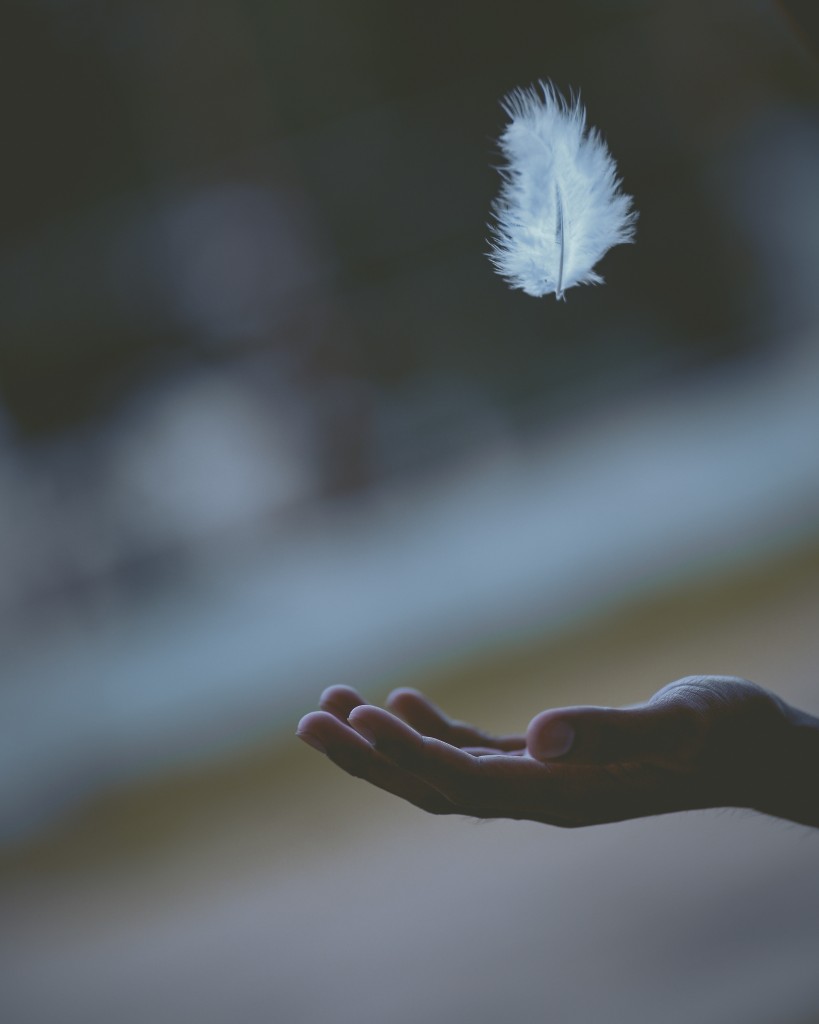
Courtesy: Javard



